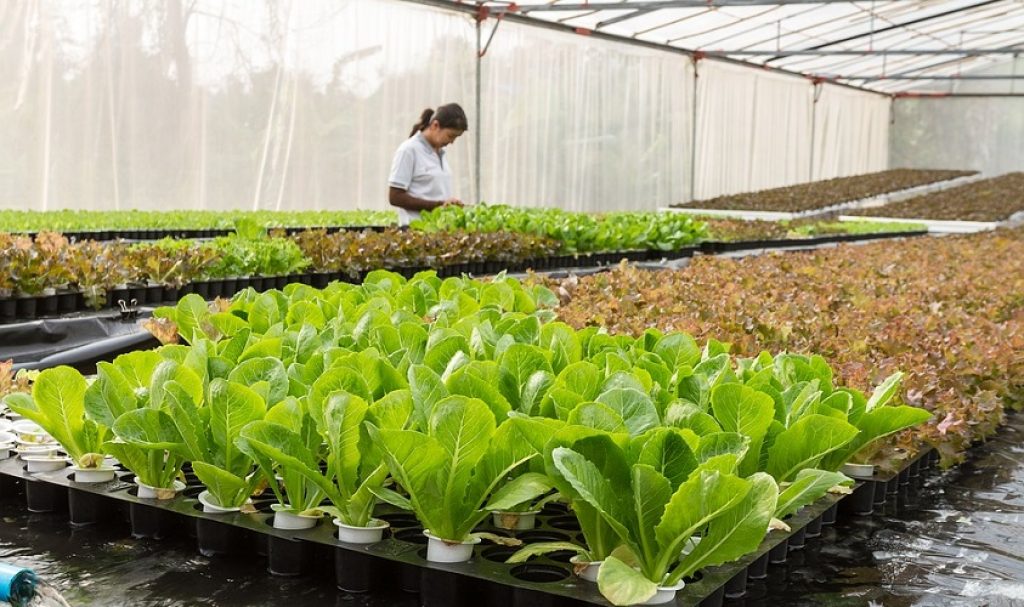More environmentally friendly fertilizers with reduced costs for farmers are being developed by researchers at Australia’s leading University of Adelaide. To achieve the desired outcome, the researchers are using the new advanced material graphene as a fertilizer carrier. The researchers have already demonstrated that crop nutrients can be produced from loading essential trace elements onto graphene oxide sheets.
Professor Dusan Losic, nanotechnology leader in the University’s School of Chemical Engineering, explained that “graphene is a novel new material only discovered in 2004 and has incredible properties, including a very high surface area, strength and adaptability to bind to different nutrients. We started exciting research on a broad range of applications of graphene four years ago – this is the first time graphene has been developed as a carrier for fertiliser nutrients.” Using graphene means the fertilizers can be applied in a more specialized fashion, with overall increased fertilizer efficiency and great nutrient uptake by the plants.
The graphene-based carriers have been for now demonstrated with the micronutrients zinc and copper but other macronutrients, such as nitrogen and phosphate, are also being worked on. “Fertilizers that show slower, more controlled release and greater efficiency will have reduced impact on the environment and lower costs for farmers over conventional fertilizers, bringing significant potential benefit for both agriculture and the environment,” says Professor Mike McLaughlin, Head of the University of Adelaide’s Fertilizer Technology Research Centre at the Waite campus.
Professor McLaughlin also explained that “our research found that loading copper and zinc micronutrients onto graphene oxide sheets was an effective way to supply micronutrients to plants. It also increased the strength of the fertilizer granules for better transport and spreading ability.” Experts generally agree that although the research is still in early stages, there is no doubt that crop nutrients more tailored to crop demand and those with greater physical strength and robustness will improve grower efficiency of fertilizer application and efficiency of nutrient uptake.
“It’s still early days but there is no doubt that fertilizers with release rates more tailored to crop demand, and fertilizers with greater physical strength and robustness, will both improve grower efficiency of fertilizer application and efficiency of nutrient uptake,” said Professor McLaughlin and added that “successful commercialization will depend on cost of graphene/graphene oxide and the ability to scale this process up, and integrate it into the commercial fertilizer production process.”




